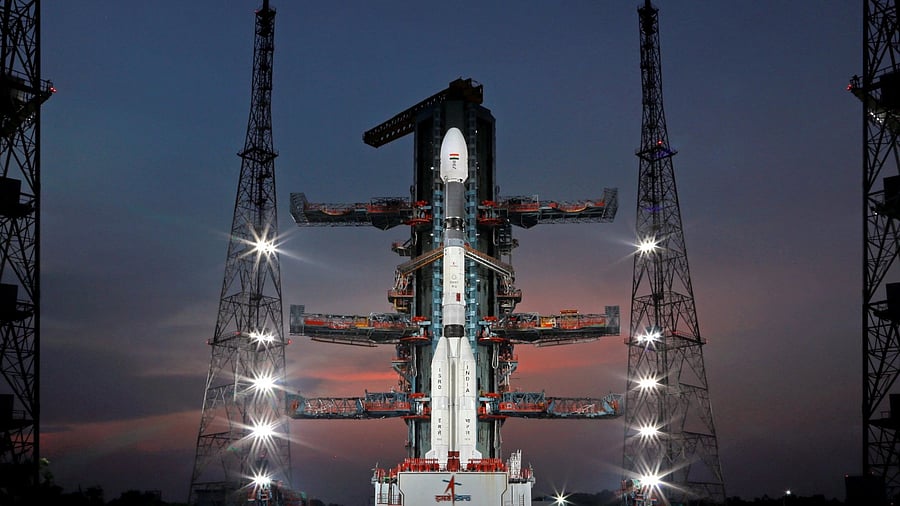
Indian Space Research Organisation (ISRO) will on January 29 hit a century by launching its 100th satellite.
Credit: X/@ISROSight
Chennai: Indian Space Research Organisation (ISRO) will on January 29 hit a century by launching its 100th satellite – NVS-02 which is part of India’s Navigation with Indian Constellation (NavIC) abroad GSLV – from the Satish Dhawan Space Centre (SDSC) in Sriharikota near here.
GSLV-F15, the 17th flight of Geosynchronous Satellite Launch Vehicle (GSLV) and 11th flight with indigenous Cryo stage, will lift-off from the second launch of SDSC at 6.23 am on Wednesday next. The GSLV-F15 with indigenous Cryogenic stage will place the NVS-02 satellite into a Geosynchronous Transfer Orbit.
NVS-02 is the second satellite in the NVS series, and part of India’s Navigation with Indian Constellation (NavIC), an independent regional navigation satellite system designed to provide accurate Position, Velocity and Timing (PVT) service to users in India as well as to region extending about 1500 km beyond the Indian land mass.
NavIC will provide two types of services, namely, Standard Positioning Service (SPS) and Restricted Service (RS), while its SPS provides a position accuracy of better than 20 m (2σ) and timing accuracy better than 40 ns (2σ) over the service area, the ISRO said. This is the first launch by ISRO in the new year.
SLV-E-01, whose director was space scientist and former President A P J Abdul Kalam, was the first mission to be launched from SDSC, Sriharikota on August 10, 1979. Since then, the ISRO has conducted 99 launches with the space agency’s trusted workhorse carrying out 62 launches, followed by GSLV (16), LVM3 (7), ASLV (4), SLV (4), SSLV (3), and test missions such as crew escape system, scramjet engine, and RLV-TD.
Additionally, as many as 537 launches have taken place at the Sounding Rocket Complex in Sriharikota after it became operational on October 9, 1971, with the flight of ‘Rohini-125’, a small sounding rocket.
Sriharikota, the spindle shaped island in Andhra Pradesh’s Nellore district situated in the backwater Pulicat Lake and sandwiched by Buckingham Canal on the West and Bay of Bengal on the East, was chosen by the Union Government in 1969 for setting up the country’s rocket launch station.
ISRO is now building its second launchpad in Kulasekarapattinam in Thoothukudi district in Tamil Nadu exclusively for launching small satellites which is geographically advantageous for the country.
Scientists say the Kulasekarapattinam spaceport will help save fuel as
satellites launched from here can directly travel towards south unlike those launched from Sriharikota which fly in the southeast direction after liftoff from the Sathish Dhawan Space Centre to avoid flying over Sri Lanka and takes a sharp manoeuvre towards the South Pole.
The spaceport will be operationalised in the next two years.